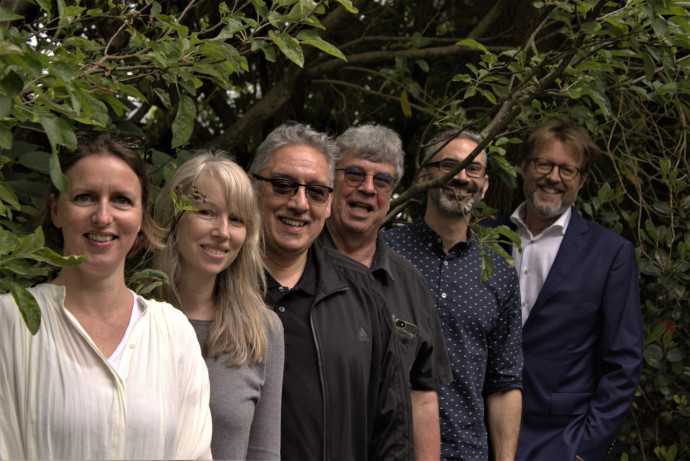Research
Published 17 November 2020$3m for asthma research

One of the many things I'm thankful for is that I've never had any allergies or suffered from asthma
Original article by Peter Griffin published on 16 November in The Dominion Post, Wellington, p. 19
I grew up around kids who would break away from games on the school playing field to take a puff from their asthma inhaler. I saw the discomfort on their faces as their airways began to swell and they struggled to breathe.
We can all relate to how terrifying not being able to breathe properly is. Asthma is most commonly triggered by allergens in the air - pollen and dust mites, mould spores and even particles of cockroach poo.
For some people, their immune system overreacts to certain allergens. The results can be mildly annoying to potentially lethal. We know a lot more than we used to about the environmental factors that cause allergies and asthma.
We can try to keep our houses free of dust and cut down the horrible privet hedges that give a lot of people hayfever and can trigger asthma attacks. But could we do something on a more fundamental level to reduce the prevalence of allergies, which affect one in three Kiwis?
That's what a group of scientists who have received funding to the tune of $3 million in the latest Marsden Fund round are setting out to explore. In 2018, Massey University's Professor Jeroen Douwes and colleagues reported some intriguing findings after using national datasets to examine the relationship between the environment and health.
In a longitudinal study that followed 50,000 children to the age of 18, they found that those kids who grew up in greener neighbourhoods had a 6 per cent lower risk of developing asthma. Those who grew up in areas with higher plant biodiversity, including native plant species, had a 7 per cent lower risk.
The researchers put that down to the "hygiene hypothesis" - kids who are exposed to micro-organisms at an early age are better able to develop resistance to allergic diseases.
If you live in a leafy suburb where pines and gorse bump up against pohutukawa and kowhai you will be exposed to a wider range of micro-organisms than if you live in a neighbourhood of concrete and clipped lawns.
The key to it all, once again, could be the micro-organisms that are present in our gut. How do they relate to allergies and asthma? In their new project, the team will compare the gut microbes of people in New Zealand, Ecuador, Brazil and Uganda to try to find out.
The trend in the past few decades has been to plant more native species because the science suggests that is better for biodiversity and our natural environment. But what if more native species and green space could literally help our kids breathe easier? That could have major implications for our urban planning policies and efforts to tackle biodiversity loss.
The results can be mildly annoying to potentially lethal.
RESEARCHER
Professor Jeroen Douwes and team
ORGANISATION
Massey University
FUNDING SUPPORT
Marsden Fund Council Award
